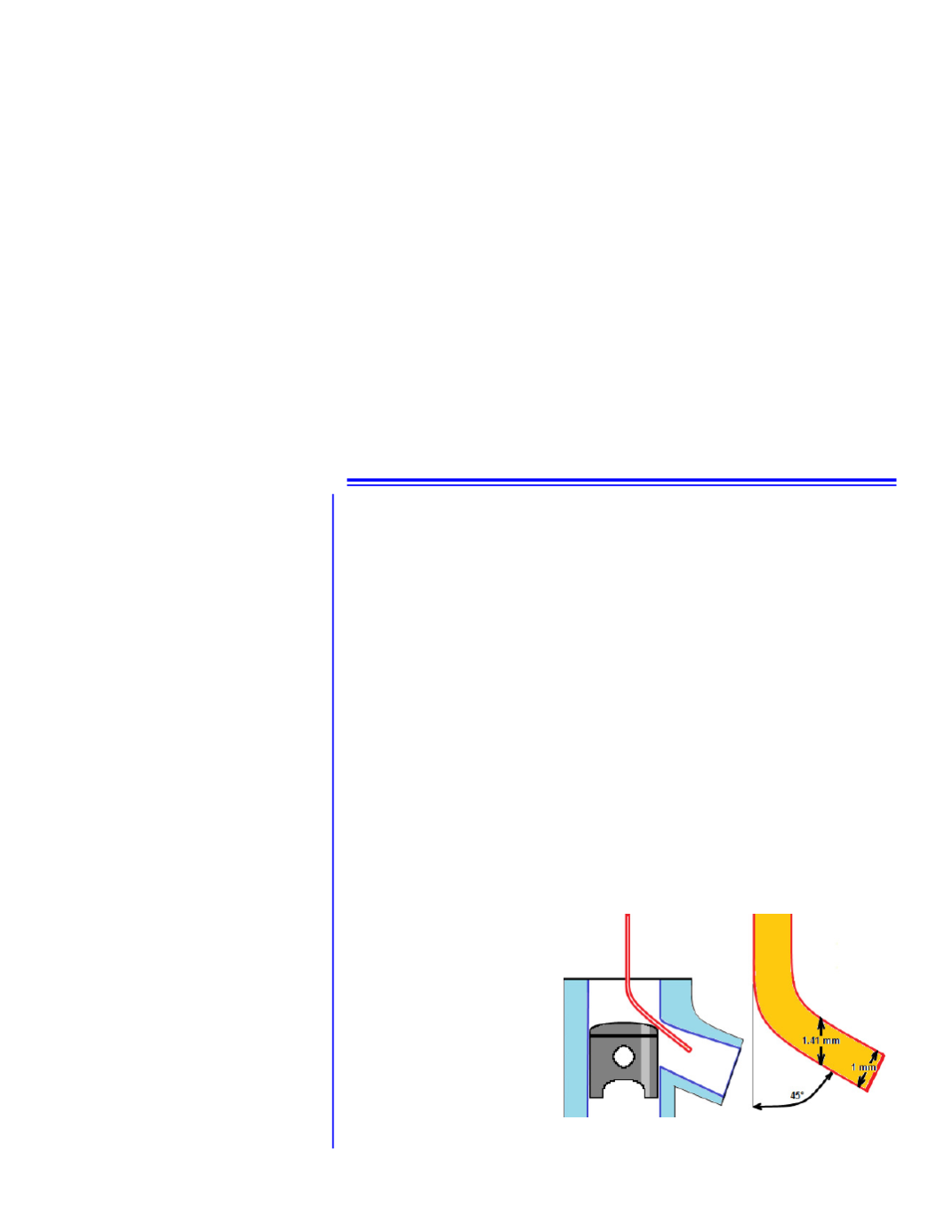
PROPWASH
6
October 2015
Need Your Plaques!
Several plaques were awarded at the Rollinsford race and I still have several to
hand out. If you were one of the recipients at Rollinsford, please bring it with you to
Sanford. NAMBA Secretary Al Waters is looking for pictures and articles for the new
Propwash so I would love to send a pic of the champions.
Please go to your garage or basement tomorrow and put the plaque with your tools
so you won't forget! Any pictures that feature our district are also welcome. By the
way, speaking of articles, anyone that would like to contribute a few words in an
article on any racing topic for the newsletter, please feel free to forward something. Al
Waters frequently uses our newsletter in the Propwash so you may be read by the
entire NAMBA membership.
Race #3 Sanford
For those that do not know it, we have a race this August weekend! The weather
should be perfect. We have a great race site with a raised drivers area, our fellow
racers and Mama Rosa's sub shop.
The usual rules will be in effect and a db sound meter will be present. Not that it is
a problem, just a precaution. Back-to-back heats will be kept to a minimum and I have
to tell you, we have not had a problem with a lack of pit people and judges this year, so
my compliments.
SEE YOU SATURDAY!
Zenoah Modifications Revisited
By Lohring Miller
NAMBA Safety Chairman
Why do the modified Zenoah’s develop over six horsepower while the stock engine
is only good for around four horsepower, even with a tuned pipe? The stock engine
was designed as an inexpensive, low rpm industrial engine. That cost makes it a
perfect model engine, even in stock form. Most tuners agree on what modifications are
needed for more power, but the reasons for these modifications are less clear. I will try
to explain this. This information should apply to all the Zenoah clones as well.
Large two stroke engine tuners have developed the concept of time area to help with
porting. The time area of a port can be thought of as the average port area flowing
mixture when a port is open. A given power and rpm needs a minimum time area from
the various ports. This has been determined empirically by measuring the power, port
area, and timing of a large number of engines. Conversely, a given time area predicts
the power possible from a particular port. Various programs have been written to both
calculate the time area and to predict the time area needed for a particular power and
rpm. Gordon Blair was one of the first to compile the recommended time areas for a
given power. Graphs of this are available in his book,
Design and Simulation of Two
Stroke Engines
. Tom Turner’s TSR software used this and other data to determine port
modifications and predict power, but it is no longer available. I use the calculations
built into EngineMod2T, an engine simulation package.
All the cuts mentioned below need to be confirmed with a degree wheel and/or
another method of measuring
port position. The following are
pictures of the methods I use.
The degree wheel is zeroed at top
dead center (TDC) by noting the
highest point of travel on the dial
indicator. Rotate the engine so
the indicator reads .050” (or any
other convenient value) either
side of TDC. The degree wheel
is adjusted so it reads the same
value on either side of zero. The
engine is first rotated so the wire
News From District 11
(Continued from page 5)
Mansfield three weeks earlier. So what
do I know.
The weather was beautiful, the 2014
championship plaques were awarded,
we did not have to stop for any
weddings at the gazebo, we had a
leisurely lunch break and a Porta-
Potti. With everything in place, all that
was left to complete this picture was
racing and that showed up in the first
heat and did not quit till the last heat of
four rounds had been run. While
numbers are always great, these first
two races of the year proved that you do
not need a hundred boats to have fun.
Speaking of numbers, we welcomed
two newcomers to heat racing. Steve
Alexander ran in Stock Gas and Eric
Lehoullier ran Stock Gas and G-1
Catamaran. Thanks for coming and I
hope you had a good time.
Just a quick thank you to Butch
Thibodeau who had race boat troubles
early and spent the day in the retrieve
boat helping with the Stock Gas class,
replacing buoys and setting up and
taking down the course. Thanks to all of
those who participated which always
makes it worth the effort.
2015 Fast Electric Nationals
District 11 has sponsored a class at
the Nitro and Gas Nationals pretty much
every year. We hosted the Nats in 2015
so we understand just what it takes to
put on such an event. For whatever
reason, I did not do it this year and as
fate would have it, that may have been a
good thing. The other day, an appeal
went out to all of the districts from
District 20 Director Karl Loveless
looking for help with class sponsorships
and prize donations for the Fast Electric
NAMBA Nationals in Greeley,
Colorado. Only I and one other District
Director responded. While we can not
help with prizes, we can certainly
help with class sponsorships. Normally,
we contribute $150.00 for one class but
the electrics were $100.00 per class so I
would like for us to send $200.00. Pro
or Con, please share your thoughts with
me and your fellow racers (ASAP, I
might add).
Thanks for your consideration.
Method of Port Measurement with a Wire


